NOTE: This was originally published in 2014 using data from 2010, there is a more recent version of this article available HERE.
How many Americans are actually living in France?
It’s a good question. According to the most recent data given to the The Local from France’s national statistics agency INSEE, the number of Americans in France is around the 31, 000 mark.
Although the real number is likely to be much higher, with the US embassy even talking of around 100,000 “yankees” in France.
Judging by comments from our readers and on social media platforms there are a few hundred thousand more Americans who dream of moving to France.
So you’re thinking of moving to France you’ll want to know where to find (or where to avoid) your fellow countrymen, right?
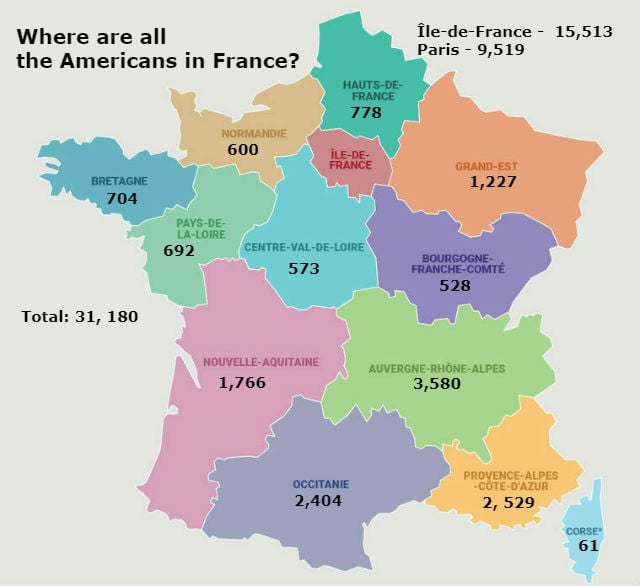
You can probably guess where most American expats choose to settle in France.
That’s right: the City of Light.
Île de France, the region around Paris, is officially home to about 15,500 Americans (so around exactly half of all Americans in France), making it the clear top choice.
Out of those 15, 500 in the whole of the Île-de-France region some 9,500 Americans are in Paris itself. That’s almost a third of France’s American population living in the capital city.
Paris has always been popular with Americans even just those who to come visit. Indeed last year more Americans visited Paris than any other nationality. And if you want to know why then just click on the link below.)
READ ALSO: Why are Americans still so infatuated with Paris?
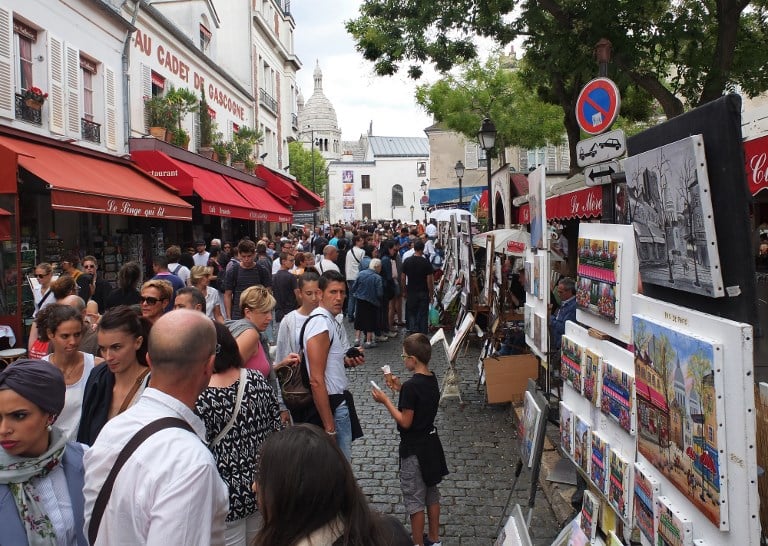
Plus the key attraction of Paris to Americans is not the terrace cafes where you don’t have to tip but if an American wants to work in France then the capital gives them by the far the best chance of finding a job.
American firms with headquarters in the Paris region are a good source of employment.
Then there’s the American University, the American Library, the American Church and even the restaurant the American Kitchen, so despite being far from home there’s a tight knit American community in the French capital.
Jeff Steiner, writer and webmaster of the Americans in France site says “yankees” want to live near other Americans, or at least other English speakers.
Paris has a concentration of English-speaking clubs and groups, he points out. It’s also a major travel hub, whereas it can be difficult to travel if you live a in rural French village.
One American reader of The Local, named Joey Beaudreau, pointed out that the visa and immigration issues Americans face in France, which the Brits don’t, make it hard for them to live away from big cities like Paris.
“Most of us have to be near big cities with jobs that will sponsor us,” he said. “The French government makes it quite difficult and it’s not something Brits have to worry about.
“While I love Paris, I’d happily consider somewhere else if I didn’t have to worry about labour/immigration problems.”
Americans don’t tend to go for the suburbs around the capital. Of the seven other departments that make up Île-de-France only Yvelines and Hauts-de-Seine have an American population that numbers more than 1,000.
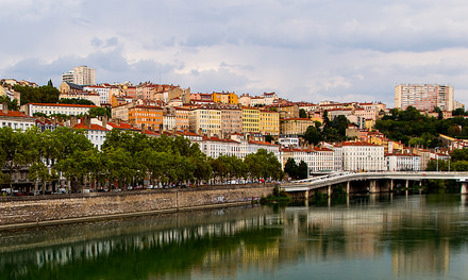 Lyon, Rhone, Photo: Flickr/Martin Pilat
Lyon, Rhone, Photo: Flickr/Martin Pilat
The numbers show that Americans seem to be drawn to regions with large metropolitan areas. The next favourite region for Americans is the Auvergne-Rhone-Alpes in central France, with 3,580 calling it home.
Almost 1,000 of the region’s Americans live in the department of Rhône which is home to France’s second city Lyon. Lyon is known as the gastronomic capital of the country, which is perhaps a pull for Americans tired of nachos, hot dogs and pizzas.
Almost 500 are in Haute-Savoie which borders Switzerland and is close to Geneva.
Coming in third place for Americans is Provence-Alpes-Côte d’Azur. With its irresistible combination of sun, sea, mountains and rosé wine, it’s not hard to see why at least 2,529 Americans have chosen to live in the sunny south.
Just over 1,000 of them are in the department of Alpes-Maritimes which includes the famous coastal resorts of the French Riviera.
Harriet Welty-Rochefort, an American writer and former journalism professor at Sciences Po, and longtime resident of Paris, says that it’s mainly word of mouth that has brought so many Americans to places like the south of France.
“The French Riviera was frequented by American writers and artists in the 1920s,” she said. “And then they went back to the States and talked about the Riviera and then of course everyone wanted to go there. So of course Americans love it now. Provence is beautiful, what can you say?”
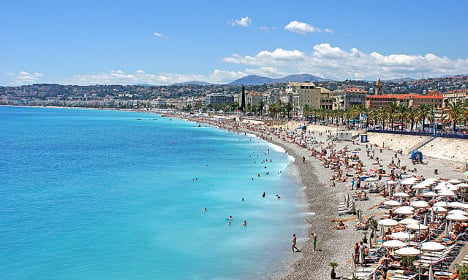 Nice, Provence-Alpes-Côte-d’Azur, Photo: Flickr/Dennis Jarvis
Nice, Provence-Alpes-Côte-d’Azur, Photo: Flickr/Dennis Jarvis
The next most-often picked regions are also home to some of France’s major cities.
The huge region of Nouvelle Acquitaine which stretches down the west coast and deep into central France (see map above) is home to 1, 766 Americans. Around a third of those are in Gironde which is home to the city of Bordeaux, where most will reside.
There are also 200 Americans in the Dordogne alongside over 7,000 Brits.
There are also 2,404 Americans in the neighbouring region of Occitanie and like many Anglophones are drawn to the two départments of Herault on the south coast, where there are just under 600, and Haute-Garonne, which is home to the city of Toulouse and over 800 Americans.
But there are a few regions of France that Americans are apparently not too crazy about.
Corsica gets the least amount of love, with only about 61 Americans calling it home. The Mediterranean island is nicknamed the “Island of beauty” but there are no big urban centres for jobs and transport links to the mainland make it a more expensive choice.
That’s why Corsica is only home to just under 300 people from English-speaking countries in total.
Americans – like other Anglophones – are not too keen on central and eastern France either.
Bourgogne-Franche-Comté is home to just over 500 Americans as is Centre-Val de Loire.
Both are mainly rural regions with no major cities.
The Grand Est region has just over 1,200 Americans.
Brittany and Normandy number 700 and 600 Americans respectively and they are spread fairly evenly across most départments in both regions.
Basically Americans don’t seem too fond of La France Profonde unlike their British cousins, who can’t get enough of it.
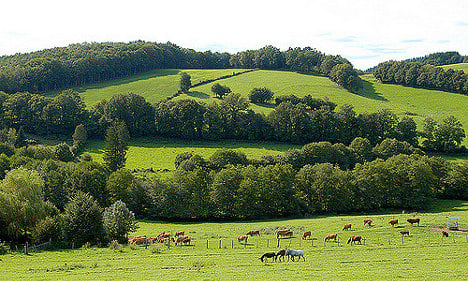 Limousin, Photo: Flickr/Tourisme Haute-Vienne
Limousin, Photo: Flickr/Tourisme Haute-Vienne
Jeff Steiner from the Americans in France site says Americans avoid such areas, even if they’re beautiful, because of the isolation.
“If you live in a small village in the Cantal, there’s just not much there,” he said. “It’s a culture shock, it’s a language shock, it’s a big shock.”
The northern French region of Hauts-de-France is home to just under 800 Americans and Pays-de-la-Loire in the west has just under 700 Americans.
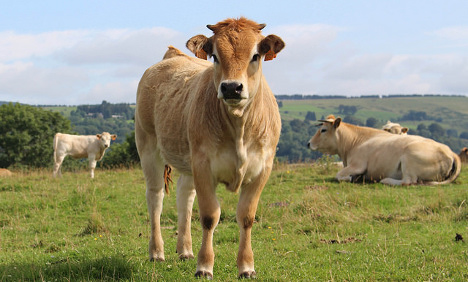 Cantal, Auvergne-Rhone-Alpes, Photo: Flickr/Balisolo
Cantal, Auvergne-Rhone-Alpes, Photo: Flickr/Balisolo
Welty-Rochefort says that Americans often overlook certain parts of the country, such as the centre, simply because they don’t know about them, and people choose what they know.
“It’s amazing how conformist people are,” she said. “There are places that are beautiful but Americans wouldn’t venture to go there because they don’t know about it.”
She also suggests that tourism departments in certain regions don’t try as hard to attract Americans.
Welty-Rochefort thinks that more Americans should try to step out of their comfort zones and settle in lesser-known parts of the country because “they’ll find joie de vivre anywhere in France”.

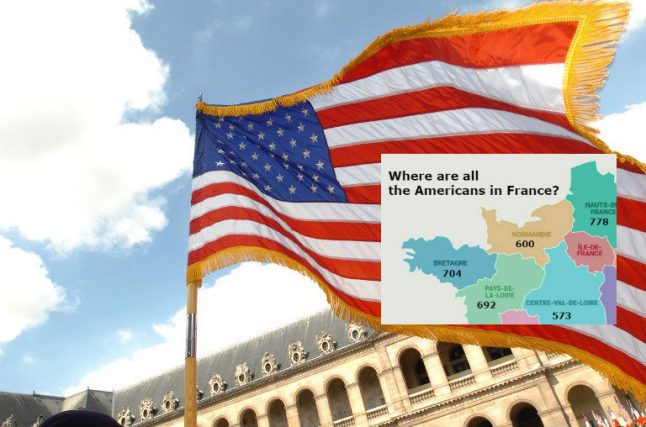
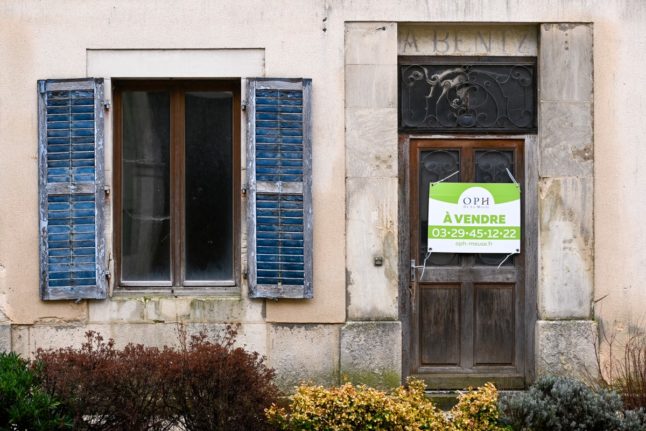

 Please whitelist us to continue reading.
Please whitelist us to continue reading.